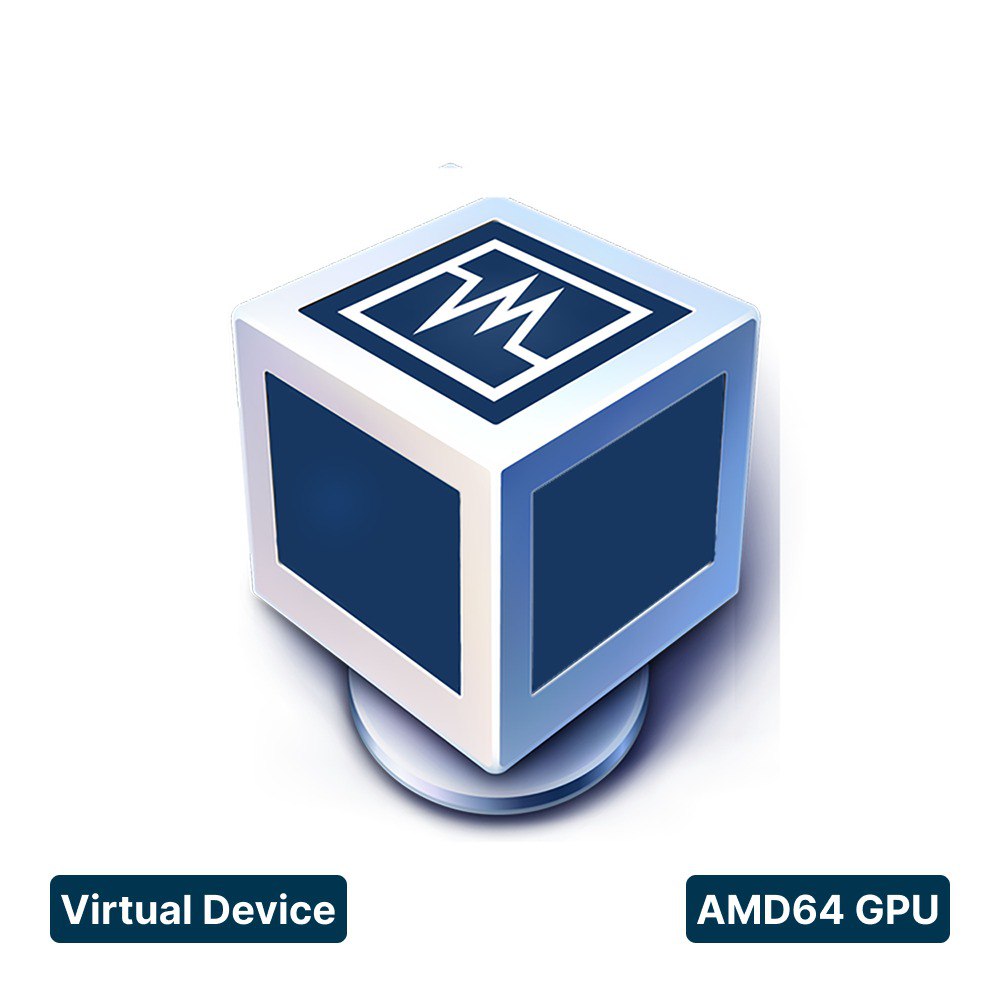Sustainability and Efficiency through Edge AI in the Cement Industry
In industrial manufacturing, the cement industry is notable for its considerable environmental impact and high energy usage. Amid increasing environmental concerns and a drive towards sustainability, edge computing presents innovative solutions to improve supply chain efficiency, sustainability, energy conservation, and product traceability.
The factory of the future is data-driven and AI-optimized. The benefits of AI in action at the edge are numerous and incredibly impactful. AI can advance your organization’s ability to protect workers, enhance production quality, avoid maintenance issues and fill in skills gaps with machine intelligence. All of this helps you stay more relevant and competitive.
This article delves into the combination of Edge Compunting and AI application in the cement sector, underlining its crucial role in making operations more efficient, sustainable, and market-responsive.
1. Supply Chain Optimization: The Backbone of Efficiency
The cement industry's supply chain, from raw material sourcing to the delivery of the final product, is complex and energy-intensive. Edge computing offers real-time data processing capabilities that can streamline operations, reduce inefficiencies, and significantly lower costs. By deploying edge devices along the supply chain, companies can monitor the status of raw materials, production progress, and logistics in real-time. This instantaneous data flow enables dynamic scheduling and routing, reducing idle times and optimizing transportation routes to ensure timely deliveries while minimizing fuel consumption.
One of the most compelling use cases is the dynamic management of supply and demand. Edge computing allows for the analysis of market trends, inventory levels, and production rates, adjusting the supply chain operations to meet market demands efficiently. This capability not only ensures the optimal utilization of resources but also enhances the industry's ability to respond to market fluctuations, thereby improving profitability and customer satisfaction.
2. Sustainability: A Step Towards Greener Production
Sustainability has become a cornerstone in the cement industry's agenda, with companies striving to reduce their carbon footprint and environmental impact. Edge computing plays a crucial role in achieving these sustainability goals by enabling more efficient use of energy and resources. Through the real-time monitoring and control of production processes, edge computing can identify inefficiencies and adjust operations to minimize energy consumption and reduce waste.
For instance, the kiln operation, one of the most energy-intensive processes in cement production, can benefit from edge computing. By continuously monitoring temperature, pressure, and other critical parameters, edge devices can optimize fuel consumption and improve thermal efficiency, leading to significant reductions in energy use and greenhouse gas emissions. Additionally, edge computing can facilitate the incorporation of alternative fuels and raw materials, further enhancing the sustainability of production processes.
3. Product Traceability: Ensuring Quality and Compliance
Product traceability is paramount in the cement industry to ensure quality control and regulatory compliance. Edge computing enhances traceability by providing a detailed record of the production process, from the origin of raw materials to the delivery of the final product. This level of detail supports quality assurance efforts, enabling quick identification and resolution of quality issues.
In the event of a product recall or compliance audit, edge computing facilitates the rapid retrieval of relevant data, minimizing disruptions and potential reputational damage. Furthermore, by ensuring product traceability, cement manufacturers can foster trust with customers and regulatory bodies, reinforcing their commitment to quality and compliance.

4. Energy Waste Optimization: Cutting Costs and Carbon Emissions
Energy waste is a critical concern in the cement industry, given the sector's substantial energy requirements. Edge computing addresses this challenge by ensuring that energy is used as efficiently as possible throughout the production process. By analyzing data from sensors and equipment in real-time, edge computing enables the identification and rectification of energy wastage points, from inefficient equipment operation to heat loss.
Moreover, edge computing supports advanced energy management strategies, such as demand response programs, where cement plants can adjust their energy consumption based on grid demand and energy prices. This not only contributes to grid stability and the integration of renewable energy sources but also offers financial benefits to cement manufacturers through reduced energy costs.
Conclusion
As the industry faces increasing pressure to reduce its environmental impact and adapt to changing market dynamics, the adoption of edge computing offers a pathway to achieve these objectives while maintaining competitiveness. By leveraging real-time data processing capabilities, the cement industry can optimize operations, reduce waste, and enhance sustainability, paving the way for a greener, more efficient future. As companies continue to explore and implement edge computing solutions, the potential for innovation and improvement is boundless, promising a significant impact on the industry's environmental footprint and overall efficiency.
Want to know more? Discover our real applications of Edge AI in industry. Download here

About Barbara
Barbara is at the forefront of the AI Industrial Revolution. With cybersecurity at heart, Barbara is the Edge AI Platform for organizations seeking to overcome the challenges of deploying AI, in mission-critical environments.
With Barbara companies can deploy, train and maintain their models across thousands of devices in an easy fashion, with the autonomy, privacy and real-time that the cloud can´t match.
Barbara´s technology is composed of:
• Industrial Connectors to attach edge devices to any other legacy or next-generation equipment.
• Edge Orchestrator to deploy and control container-based and native edge apps across thousands of distributed locations.
• Device Management to provision, configure, update, operate and decommission Edge Devices cybersecurely.
• MLOps to optimize and package your trained model in minutes.
• Marketplace of containerized Edge applications ready to be deployed. The marketplace includes third-party applications and a suite of Barbara microservices.










